*FYI - this post may contain affiliate links, which means we earn a commission at no extra cost to you if you purchase from them. Also, as an Amazon Associate I earn from qualifying purchases. Check out our Privacy Policy and Disclosure. for more info.
“How I fund my travel” is a topic bloggers often tackle… but let’s be honest: the ‘tips’ aren’t usually the most helpful.
I mean, it has become a pretty unrealistic trend among bloggers that travel funding is as simple as tossing some coins into a piggy bank or cutting back on Starbucks.
… which is the least helpful financial advice ever.
And while I’ve also written about the ways you can save money for travel, here’s the thing: the way that travel bloggers afford travel is very different from the average person.
For one, we’re often able to score discounts and complimentary goods by virtue of our work, and often have the privilege of a ‘digital nomad’ lifestyle where we’re not tied down by responsibilities or *gulp* debt.
That’s why I wanted to bring you advice re: how to fund travel from a more helpful and relatable perspective – specifically from a non-travel blogger, and most importantly, a personal finance expert!
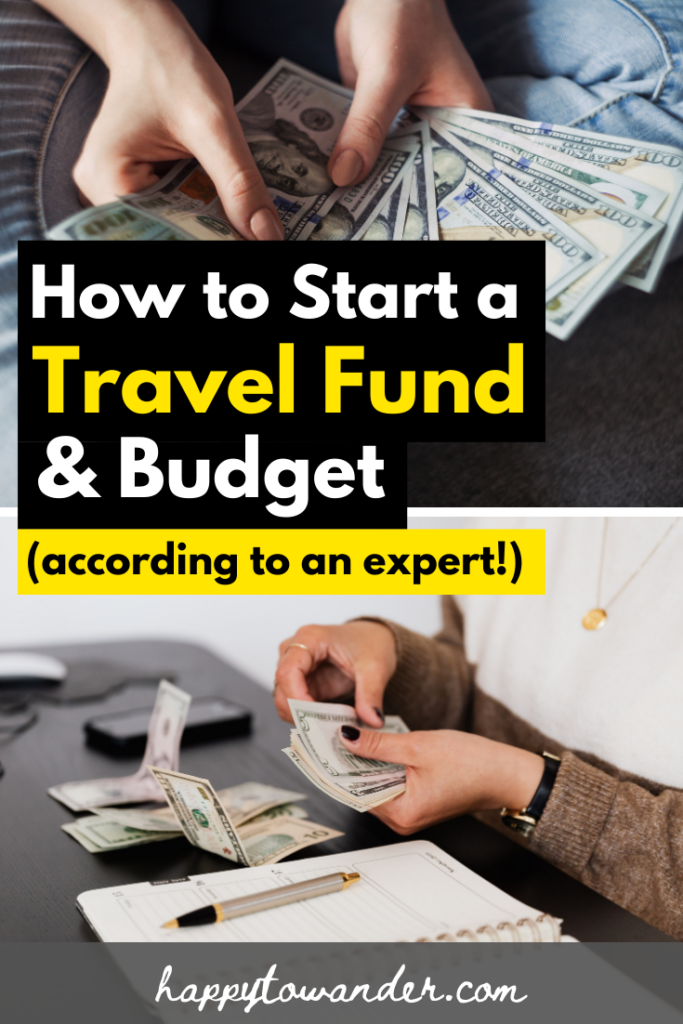
Save this guide on how to start and save for a travel fund!
You (and your travelling fund) will be very glad you did.
Today, I want to introduce you to Theresa Gray, a financial fitness coach who has eliminated over $110,000 of debt for herself, and now makes a living helping others do the same.
This lady knows finance much better than me (or most travel bloggers), which is why I trust her to give you the low down on creating a solid vacation budget, along with ideas on how to start a travel fund, save for a travel fund, and create a travelling fund that will finance your trip ideas for years to come.
In today’s guest post, Theresa is going to walk you through step by step how to start a fund for your travels, how to develop a badass vacation savings plan and yenno, eventually tick off yet another adventure for that bucket list. Take it away, Theresa!
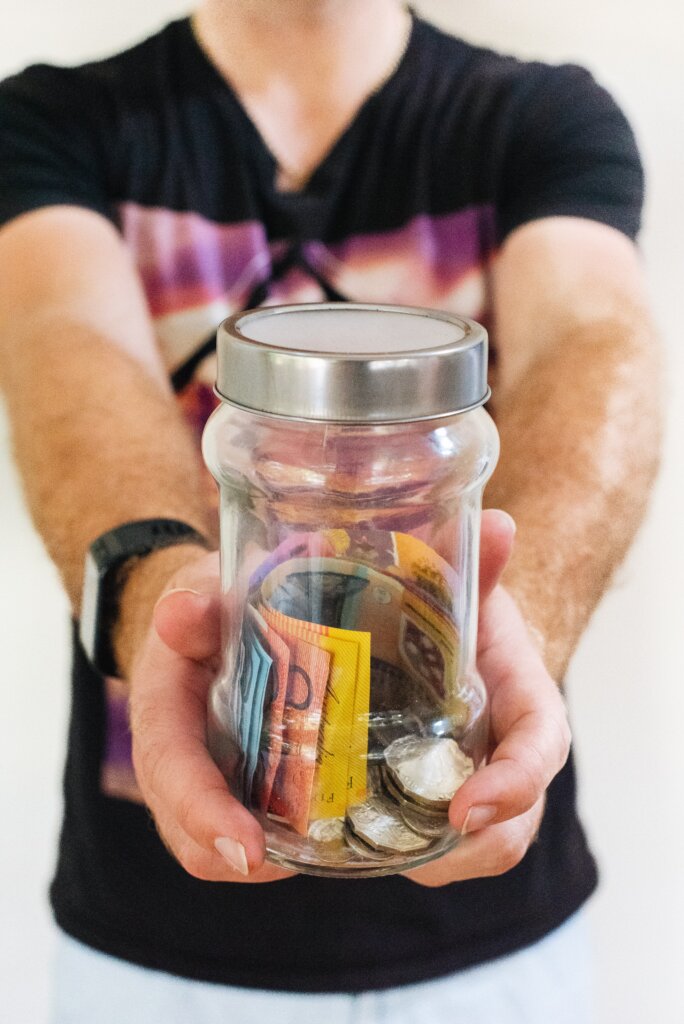
Guest post by Theresa Gray, MoneyMatters.life
Picture yourself on an all-expenses-paid dream vacation.
Imagine how it feels to not worry about the costs of food or drinks and to feel free to book an extra unplanned massage.
It’s an awesome vision, right?
The sun shines a little brighter when you don’t have worries about the cost of travel.
However, often when we travel, we might think that we have most of the costs covered, and then get some surprises and just put it on a credit card.
You might stress about the costs while you are on holiday, but most of the time it doesn’t become a reality until you get home and see the bills from the trip and realize just how often you swiped plastic.
So, unless you are planning on being a winning contestant on “The Price is Right”, you need to learn how to save up money to self-fund your trip. And, I want to show you how!
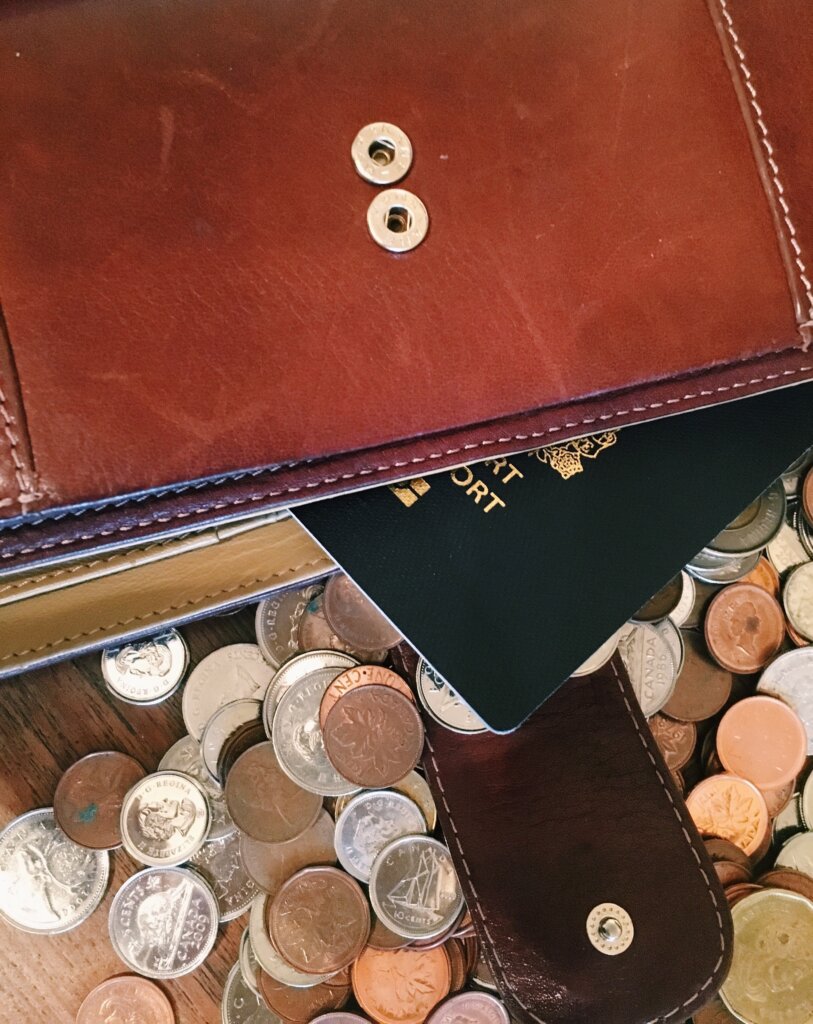
My name is Theresa Gray, and I’m obsessed with helping people to create budgets so that they can live within their means, pay off their debt and have the life that they dream about.
My whole back story is here, but basically, my husband and I changed our lifestyle, lived on a budget, and paid of $110,000 in debt in just 38 months.
Our destination was ‘Debt Free’ and once we got there we rewarded ourselves with a pre-paid self-funded dream vacation to Machu Picchu and Rapa Nui (Easter Island).
No matter if your destination is ‘Debt Free’ like us, or a travel bucket list item like Oktoberfest in Germany, Christmas markets in the Alsace, or seeing Keukenhof in the Netherlands, I can show you how to make the sun shine a little brighter when you get there.
It’s not hard!
The steps are identify, quantify, prioritize and execute.
See? Easy peasy.
(Don’t you hate it when people can’t speak plainly and they try to make themselves sound smarter?) I do. So, here are the steps, in a much easier to understand format.
Step one: Pick your destination
Step two: Research costs
Step three: Decide how much you want it
Step four: Do the work
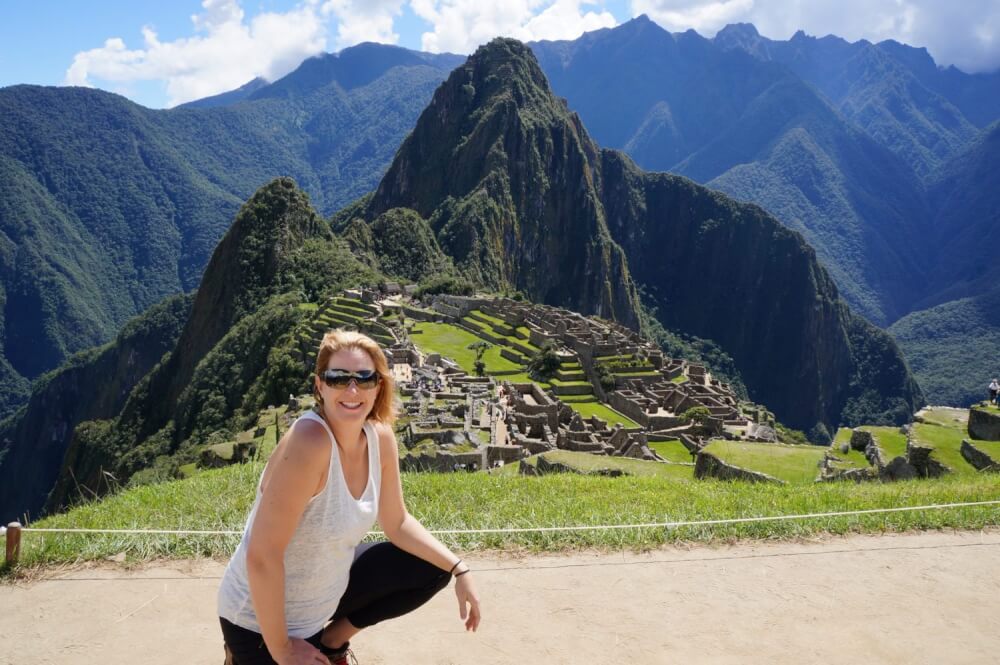
Step one: Pick your destination
Pull out your list. Surely you’ve made a list of places that you dream about visiting!
If you haven’t made one yet – get started! Here’s some wanderlust inspo for you.
I used to have distant thoughts that went “someday I’d like to go to Australia” and “maybe when I retire I can travel the world”.
But, why wait?
We don’t know how long we have on this earth, so figure out now what you want to do and where you want to go.
Do it now and then rank them in order of the top five places.
Don’t worry about details or costs or distance or if it’s even a place. Go ahead and put Atlantis on your list. I have Wonder Woman’s island of Themyscira on mine!
Cool. Now talk about this list with someone. Dream a little out loud and see how it feels.
Do you feel more drawn to one place than another? Does anyone have insider access or personal information to share to help you make your decisions?
Do some research to see what options you might have to go where you want.
Consider when you would want to go, and what type of season is available for visitors. Experiencing Spring in Europe for instance is very different from going during the winter.
We (unknowingly) went to Rapa Nui in an off season. Bad: We were one of the few people on the island who spoke English. Good: We didn’t have to deal with crowds and the scenery was more beautifully lush because it was the rainy season.
It might be cheaper in the off season, but it is a calculated risk.
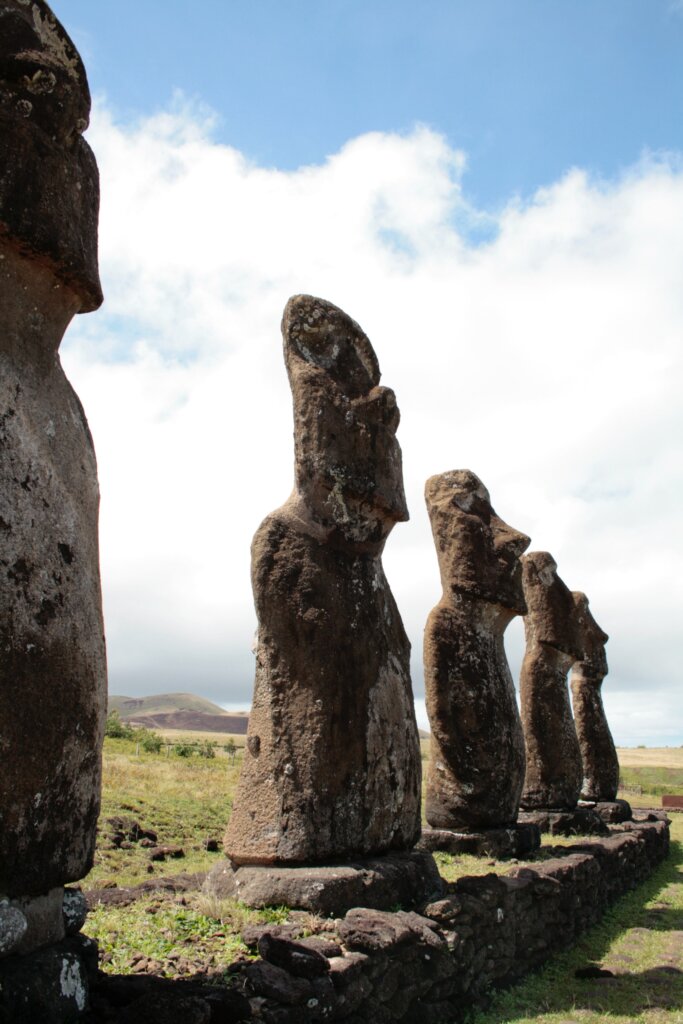
Step two: Research costs
This is the part of the process when we do have to get back to reality.
A trip to the moon is a cool conversation started on your lists, but probably cost prohibitive.
How much do your choices run?
This might help you to decide which item on your list to focus on NOW. Remember you can always do the other items in the future.

So – decide how much the actual trip costs. Calculate the obvious costs and the hidden costs.
- Obvious costs: airfare, lodging, food, souvenirs, alcohol, tips, insurance
- Hidden costs: home maintenance, pet sitter, purchases for trip (clothing, chargers, cameras, specialty gear), sun protection, new luggage, cute little toiletries, massages, parking at the airport, travel costs (uber, taxi, rail), tours once you arrive, laundry service
How much money do you need for trip? Come up with a realistic range of costs.

Step three: Decide how much you want it
Now is when we have to keep ourselves from saying, “no duh, I want it or I wouldn’t have gone through those previous steps”.
The question isn’t “do you want to go to Themiscyra?” It is, “Do you want to keep the status quo, go on the trip and return with huge debt” OR “Are you willing to change your behaviors to pre-fund your trip so you an enjoy it without guilt”.

The difference is crucial to you going on your trip and having it paid for in advance.
Either way is cool. You’re not a bad person if you use your credit cards.
However, you might regret it later when you are struggling to make the payments.
Especially if overspending becomes a way of life, if you lose your job, if you have an accident or if you have a health crisis.
If you are committed to changing your behavior and saving for your trip (or paying off debt), then we can move to the next phase!

Step four: Do the work
All your hard mental work has paid off – we have a destination chosen and know roughly how much money we need to fund the trip.
Now we need to fill up that fund!
The ways to do that are:
- Make more money
- Sell some stuff
- Cut expenses
- Stay focused by creating a budget
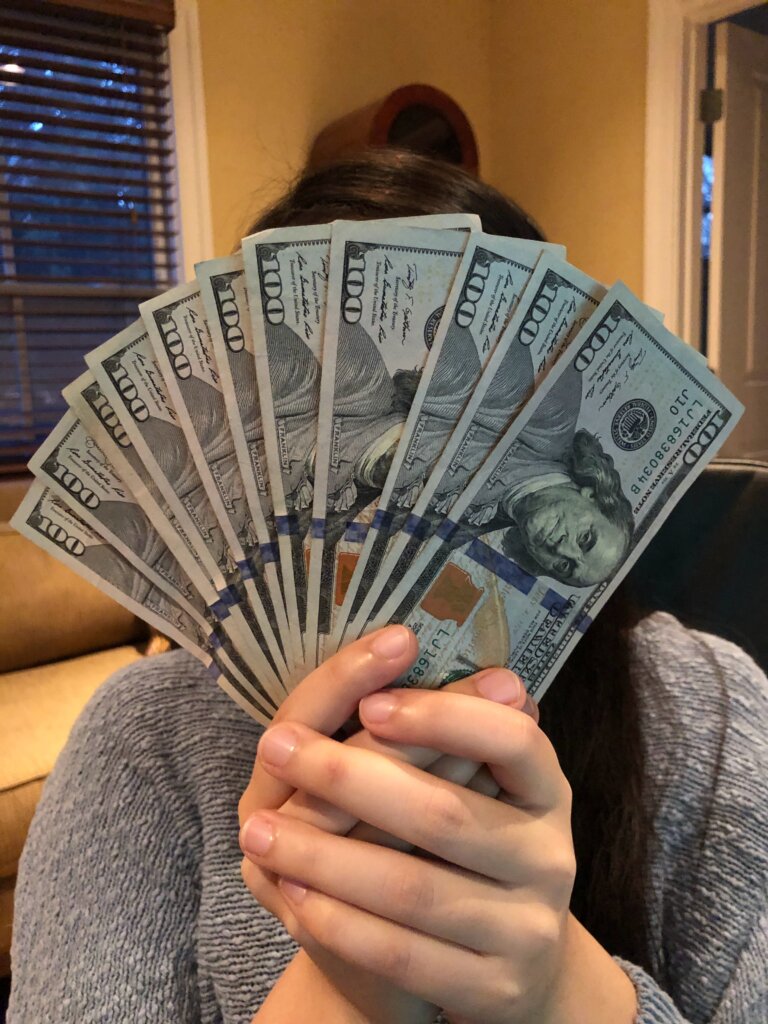
Mo Money:
If you think that you do a great job at your current job, document why you think so and take it into your boss and ask for a raise.
If you have a decent job but need to make some more money, consider taking a temporary extra job to earn some money to put into your trip fund.
Here is an article I wrote with a list of suggested “side hustles”.
Remember that this extra money is going to your Trip Fund and don’t be tempted to spend it.
It’s easy to make $50, and think “hey, I have an extra $50 to spend”, and then spend it three different times, resulting in overspending of $100 instead!

Sell it:
If you are anything like me, you have stuff. We are a nation of stuff!
George Carlin does a funny skit about how we love to get more stuff and don’t feel comfortable until all our stuff has a home.
I’m going to throw it out there that most of us aren’t living a minimalistic life and we all have more stuff than we have places to store our stuff. Let’s call this clutter.
Clutter is stuff without a home. And this clutter in your home causes you stress!
Messy homes and work spaces leave us feeling anxious, helpless, and overwhelmed.
Have you ever thought, “I just can’t think right now!” while standing in a messy room?
Then after taking the time to clean up you can focus clearly? It’s interesting how a clear workspace can give you mental clarity!
You can sell some of that clutter and profit. I have a huge guide on decluttering and reselling here!
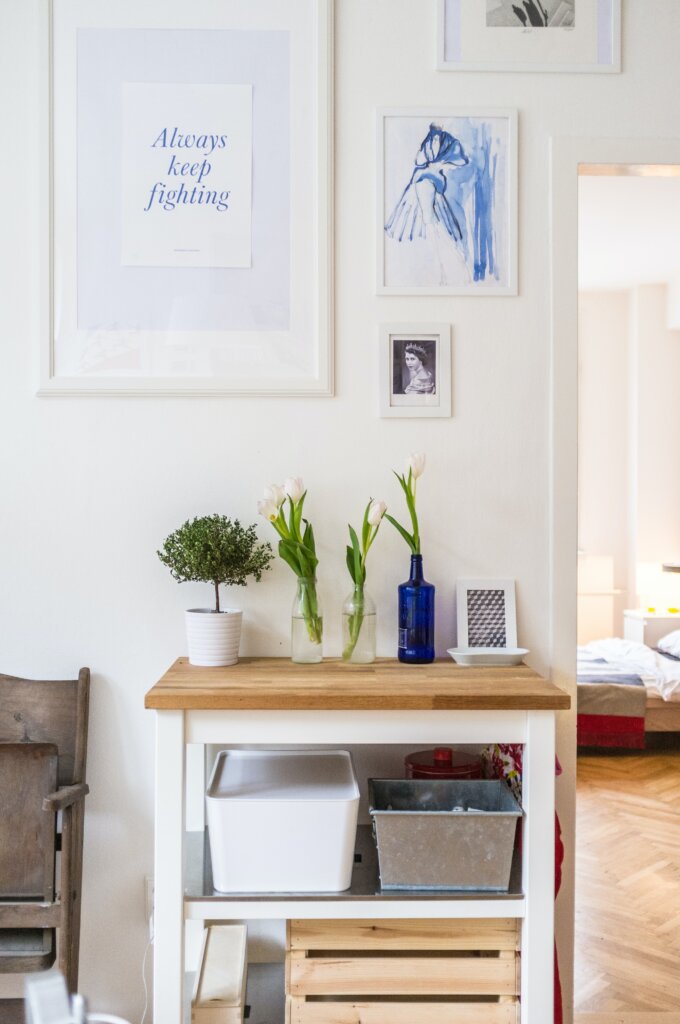
Cut the fat:
How fast do you want to take that trip?
There are many ways to save money for travel. You can cut back a little on Starbucks and pedicures and go in two years, or go big and cut cable, return your leased car, and go visit Wonder Woman ancestral digs by Christmas.
It’s your life so it’s your choice – and it’s really fueled by Step 3 above – “How much do you want it?”
You might be thinking, “how do I cut the fat and how much do I need to do it?” Great questions! Creating a budget will help to give us the answers.
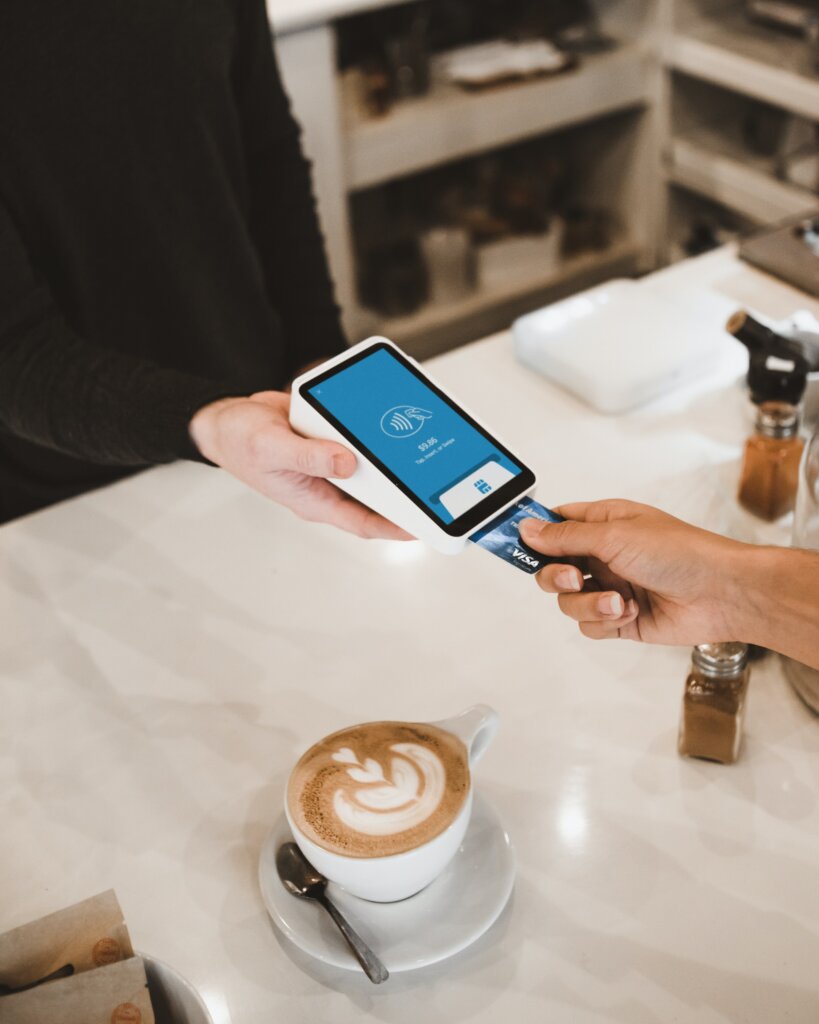
Budget:
This is your income and expenses, charted out for each month.
Ideally, each month you should be spending less than you make, have money put aside for savings (emergency fund/retirement/special occasions, etc.), be working on paying off your debt and also be making some charitable donations.
And – get ready for this – you should do this EVERY month for the rest of your life.
Yes, I’m serious.
It’s a lot of work at first – but I swear it will make your life so much better in the long run.
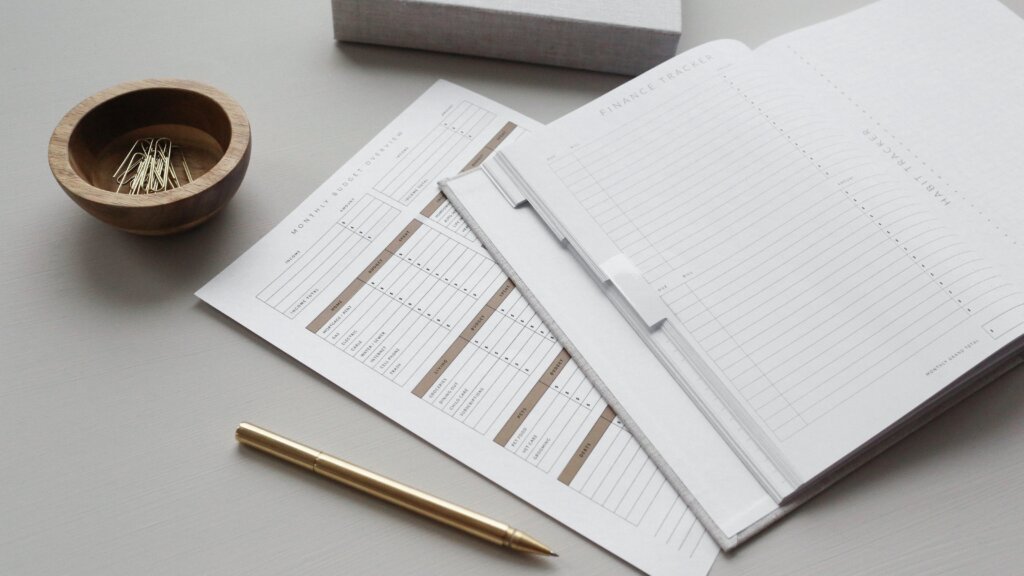
Remember how I got that sweet trip to Machu Picchu and Rapa Nui? Budget.
And, how I paid off $110k? Budget. I even got a really nice new couch.
Boom. Thank you, budget.

How to Build Your Own Budget
Wondering how to fund your travels smartly with a traveling fund that can help finance your trip? It all starts with a budget. Here are some must-know tips on how to budget:
1. Budget before the month begins
Start with your income.
Whether you get paid a regular salary or an irregular commission, you need to look at the month ahead and decide on a safe number to forecast.
This includes anything you earn money from, like paychecks, side jobs, child support, or alimony.
(Unless, like in this case, where we are specifying ahead of time that all NEW EXTRA money is going straight to the Trip Fund.)
Next, identify your regular monthly expenses.
Start by covering the essentials which are food, clothing, transportation, shelter, and utilities. When you know you can keep your lights on, feed your family, and drive to work, you can focus on the other important expenses like savings, health insurance, and debt repayments.
Don’t forget to give away some of your money, to put your priorities in focus. If 10% is uncomfortable, start with an amount you feel comfortable with and then try to increase your percentage.
As you budget each month, remember that no two months are exactly the same.
It’s okay to use last month’s budget as a template, but be sure to tweak it for any new expenses on the horizon.
At the end of the day, this is your budget. Make it awesome by budgeting early, spending every dollar on paper down to a zero on the bottom line, and tracking your spending.

Finally, after everything you need to pay for the month has been accounted for, it’s time to consider what to do with your ‘want to do’ dollars.
This is where you get to see how much per month is left over for your Trip Fund, and you can begin to calculate how long it will take to fill up the fund.
If your monthly trip/traveling fund amount is small, it will take a long time to finance the trip.
So, now you need to cut some fat. Where in the regular monthly expenses can you cut back stuff?
Often the biggest spots where we overspend are where we live, what we drive, and what we eat.
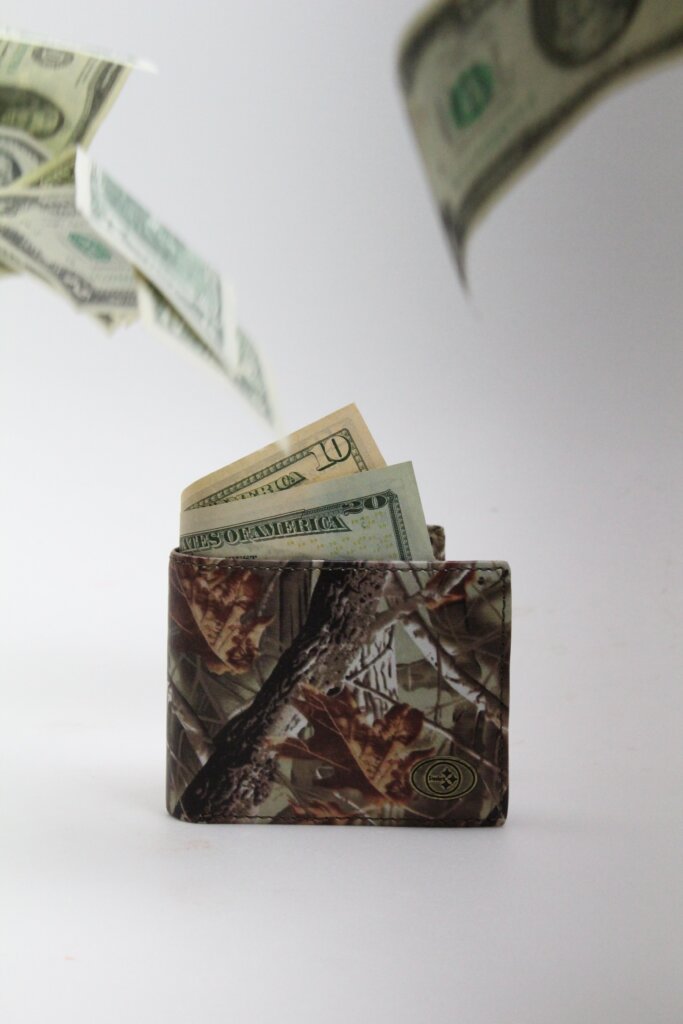
2. Budget to zero
Now that you’ve accounted for all of your income and expenses, you should have zero dollars left to spend. If you don’t, adjust your budget until you do.
This is your number-one goal when allocating your income each month. By giving every dollar a name, you’re ensuring that every dollar is accounted for and working hard.
And, that my friends, is budgeting.

3. Track your spending
This budget needs to mean something more than just an exercise you do on paper.
If you budget $200 a month for clothing but then go and spend $500 you broke your budget!
While you’re out and about buying groceries or eating at restaurants, be sure to track your transactions.
What does that mean, ‘tracking transactions?’
It is making sure that if you spend a dollar, that it gets noted as being a dollar ‘spent’ for a specific budget.
So, if I have a $30 Starbucks monthly budget, and I go and get a $5 latte on the first and second days of the month, I need to know that I only have $20 left for the rest of the month.
I can do that a few different ways.
I could have a manual ledger (in a note pad) of how much I’ve spent to date per category and write down all my expenses and assign them to categories as I write them down.
I could pre-portion budget categories using cash envelopes and only spend out of the appropriate envelope and I would see exactly when I am out of cash!
Or, if I use a lot of debit or credit cards, I can use an online tracking program (like Mint or Quicken, etc.).
There should be NO UNCATEGORIZED transactions at the end of each month! No ‘miscellaneous’ transactions!
This means that when you shop at Target, you will need to split apart the transaction and divvy up the spending into correct categories (food, toiletries, clothing) and not leave in a ‘shopping’ catch-all.
The first couple months can be tricky to get the numbers right, but after 3-4 months of tracking and adjusting you will get the right balance of money in each category and start to take charge of your finances.

The Payoff
By this time you will have sold some stuff and made some extra money.
By knowing your budget, you will be able to calculate how much you can put in your trip budget per month and then calculate how long until you have your trip funded!
Trip Costs – Profit from Sales – Side Hustle Cash = Total $ Needed to fill Trip Fund
Total $ Needed to fill Trip Fund / Budgeted Trip Savings per Month = # Months until Trip Fund is Full
And once you know when you will be ready to go on your pre-paid vacation, you can start to book your travel and start to see your dream become a reality!

Then it starts to get even more exciting! You might get even more motivated and figure out how to save more money, faster to fund the next trip on your list!
You can put whatever you want on your budget. It’s your baby. But if you are only wishing for something, odds are it won’t happen. Make a plan and live your dreams!
I hope that this helps someone to finally feel like they can afford to take a dream trip. Have any questions? Be sure to stop by my site!

I hope you enjoyed this guide to starting your own travel fund!
Hey, it’s Christina again! I hope you enjoyed that guest post from Theresa – I know I definitely learned a lot about how to create a fund and budget to help fund my travel, finance my trip goals in the future, and even start a vacation fund for those huge bucket list trips.
If you need more inspiration on what to do with your travelling fund, be sure to check out my Destinations page for ideas.

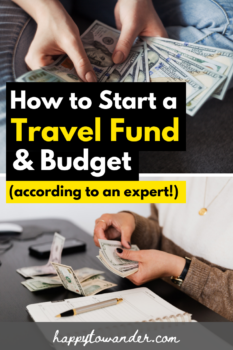

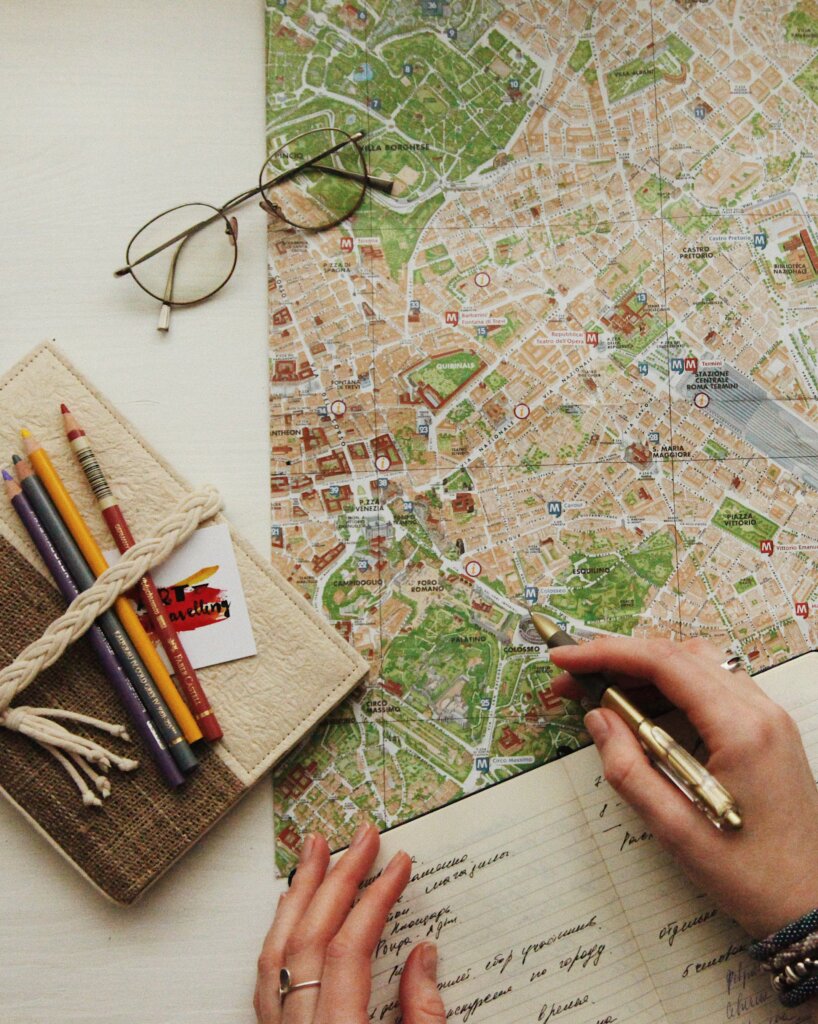


Glad to say that I do all of these things before travelling! I always make sure I have emergency money as well, in case anything happens and I need to fly home – touchwood! That’s why more expensive/far away destinations are out of the picture at the moment, but maybe some time in the future!
–
Charmaine Ng | Architecture & Lifestyle Blog
https://charmainenyw.com
That’s awesome – good for you haha. You’re way more on top of finances than I am haha.
Great!
Glad you liked it!
Hey Christina,
The more I read your blog content, the more I feel inspired. These are amazing budget building strategies. The whole purpose of my blog is the same! To enable people to travel in shoe string budgets. Would request you to go through the same and give your valuable suggestions.
http://www.wanderwithsankalp.com